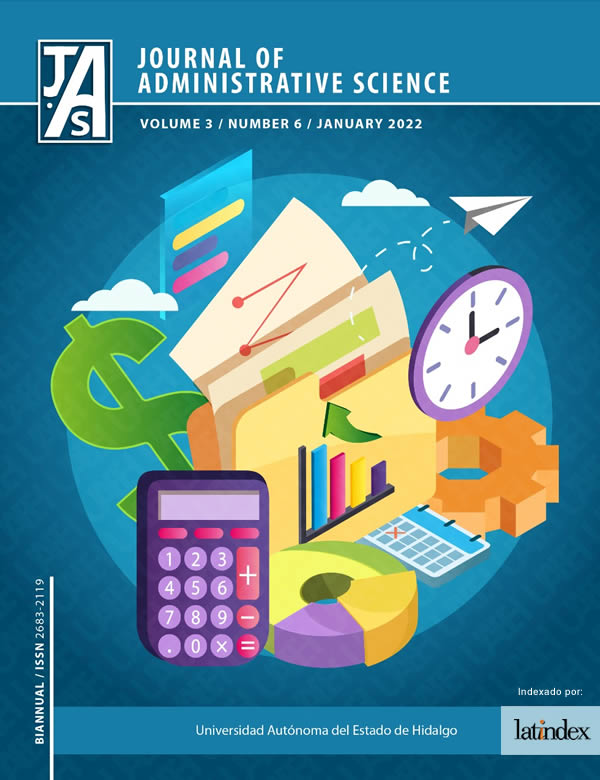Foreign Direct Investment and Its Impact on The Regional Level: A Prospective Analysis
DOI:
https://doi.org/10.29057/jas.v3i6.8140Keywords:
Manufacturing sector, regional development, salaries, industriesAbstract
Some countries in development like China, the Philippines, Nigeria, Pakistan, Bangladesh, Vietnam and Ukraine do an active promotion in order to raise foreign direct investment (FDI) under the proposal of a positive effect in economic growth while implementing this type of fundraising. Thus, it constitutes an important source of external financing, allowing increases in productivity through technologic transfer as well as rises in competitiveness, efficiency in the managerial models, and expand the countries’ exporting capabilities. After the economic crisis experienced in the 80’s, Latin America, specifically countries like Argentina, Brazil and Mexico, that have based their financing in loans, stopped to raise money by these means when the crisis appeared, arising as an alternative the FDI, also on account of the foreign creditors demanding the payment of their issued resources and the warning of not giving any more financing until these countries restructure their economies, it was established the capital stock of the recipient economy. In this context, it was necessary to implement structural reforms, which were contemplated in the “Washington Consensus”, such as price stabilization and fiscal deficit control with the purpose of recovering the trust to investors and reactivating the capital flow through loans or foreign direct investment aimed at Latin America. In 1990, foreign direct investment became the primary source of external financing to peripheral countries (Aitken y Harrison, 1999:1).
Downloads
Publication Facts
Reviewer profiles N/A
Author statements
Indexed in
- Academic society
- N/A
- Publisher
- Universidad Autónoma del Estado de Hidalgo
References
Aitken, B., y Harrison, E. (1999). Do domestic firms benefit from direct foreign investment: evidence from Venezuela. American Economic Review, 89 (3), p. 605-618.
Safarian, E., (1973). Perspectives of foreign direct investment from the viewpoint of a capital receiving country, The journal of finance, 28 (2), papers and proceedings of the thirty-first annual meeting of the American Finance Association Toronto, Canada, p. 419-438.
Díaz, R., (2001). Un estudio descriptivo de la inversión extranjera directa en España y su distribución territorial. Departamento de Fundamentos del Análisis Económico e Historia e Instituciones Económicas, p. 1-26.
Marshall, A., (1920). Principles of Economics, 8ª ed. Macmillan, London.
Kaldor, N., (1970). The case for regional policies, Scottish Journal of Political Economy, 17 (3), p. 337-348
Tamayo, F., (2000) Las Políticas de desarrollo industrial regional y sus nexos teóricos, laissez- faire e iniciativas locales en México, Ed. CIDE, División de Administración Pública, Mexico.
Leven, Ch., (1985) Regional Development analysis and policy, Journal of Regional Science, 25 (4).
North, D., (1956), A reply, Journal of political economy, 64.
Krikelas, A., (1992), Why regions grow: A review of research on the economic base model, Economic review, 77 (4), Federal Reserve Bank of Atlanta.
Carrillo, M., (2002). Aspectos Microeconómicos introductorios del desarrollo regional y urbano, Instituto Politécnico Nacional.
Agosin, M. et Al., (1996) Inversión extranjera directa en América Latina: Su contribución al desarrollo. Santiago de Chile 1ª edición, Ed. Banco Interamericano de Desarrollo y Fondo de Cultura Económica.

















